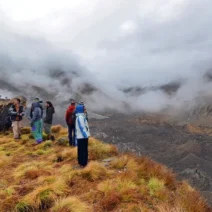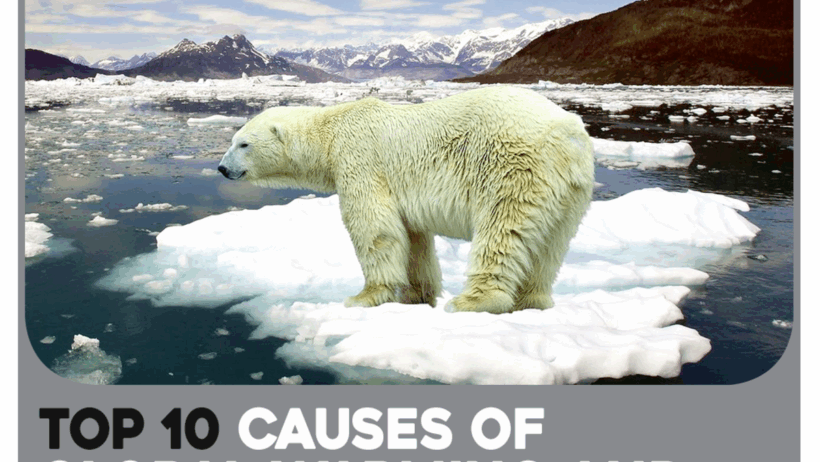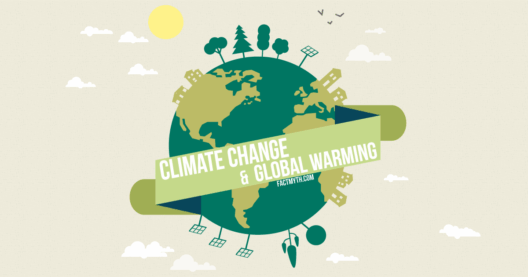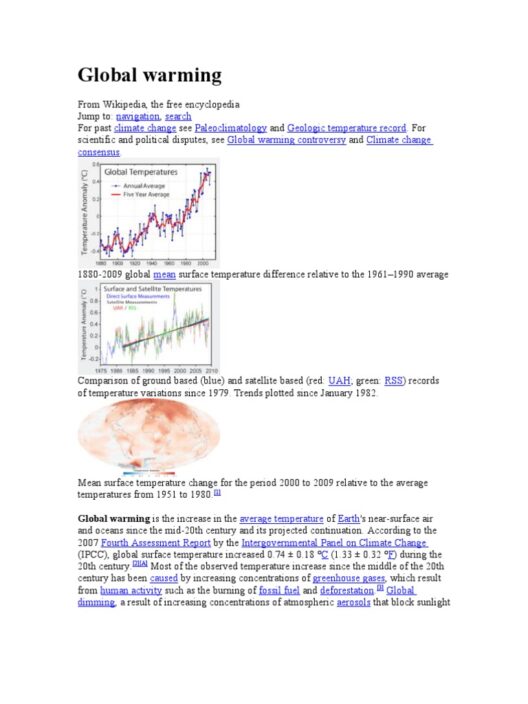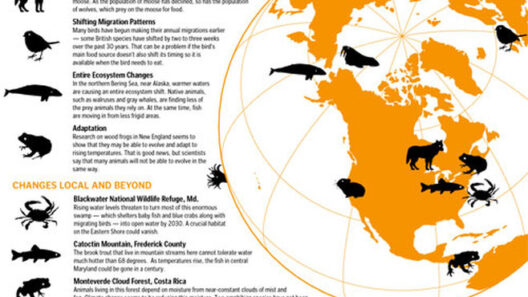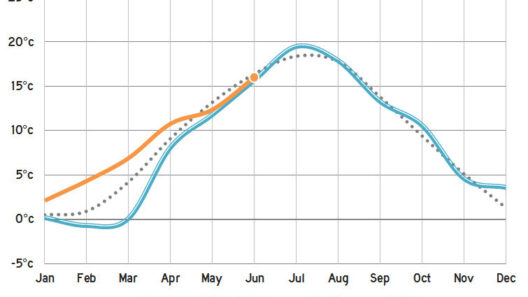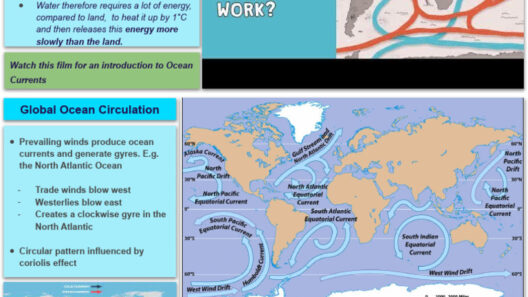The intricate web of our planet’s climate is an astonishing and delicate equilibrium shaped by countless factors. One pressing inquiry emerges: what are the principal driving forces behind climate change? As the world grapples with the repercussions of this phenomenon, it becomes crucial to dissect the underlying causes contributing to our shifting climate.
So, let us embark on an enlightening exploration of the ten major causes of climate change, a topic that invites reflection and challenges us to consider our role in this global crisis.
The Detrimental Effect of Greenhouse Gases
Greenhouse gases are oft-cited culprits in the discourse surrounding climate change. These gases—primarily carbon dioxide (CO₂), methane (CH₄), and nitrous oxide (N₂O)—trap heat in the Earth’s atmosphere, leading to the greenhouse effect. The burning of fossil fuels for energy is a dominant source of CO₂ emissions.
Aside from fossil fuels, industrial activities and waste decomposition also release considerable amounts of methane. Methane is notably more efficient at trapping heat than CO₂, which magnifies its impact on global warming. Agricultural practices, particularly rice cultivation and ruminant livestock, further exacerbate methane emissions.
It beckons a consideration: how can transforming our energy sources reshape our environmental trajectory?
Deforestation: The Axing of Our Carbon Sinks
Forests serve as nature’s lungs, absorbing CO₂ and releasing oxygen. Yet, rampant deforestation diminishes this vital resource. Logging, agricultural expansion, and urbanization have led to the loss of vast swaths of forested land.
The interplay between deforestation and climate change is alarming; for each tree felled, a diminished capacity to sequester carbon exacerbates the atmospheric buildup of greenhouse gases. Furthermore, land clearance often ignites fires which further contribute to emissions, perpetuating a cycle of destruction.
This prompts a poignant question: can we reimagine our development strategies to prioritize conservation over consumption?
The Role of Industrialization: Fueling the Frenzy
Industrial processes, powerful engines of economic growth, emit significant amounts of greenhouse gases. Manufacturing, energy production, and mining contribute to both CO₂ and other pollutants released into the atmosphere.
An interesting aspect of industrialization is the shift towards more energy-intensive technologies, which may initially promise efficiency but often exacerbate emissions on a larger scale.
How are we to reconcile the demands of modern industry with our ecological responsibilities? Balancing progress with sustainability presents a formidable challenge.
Transport Sector: Moving Towards Emissions
The transport sector represents a significant player in the climate change narrative. The combustion of fuel in automobiles, planes, and ships contributes a staggering amount of greenhouse gases to the atmosphere.
Intensifying urbanization and globalization has led to increased mobility and demand for transportation, manifesting in more vehicles on the road. Each trip taken comes at the cost of heightened emissions. Furthermore, fossil fuel reliance perpetuates a cycle of dependency that hinders the shift toward renewable energy.
As we look to the future, one troubling question remains: how can we encourage sustainable initiatives within transportation systems to mitigate this looming crisis?
Energy Consumption: The Power Struggle
Our insatiable thirst for energy is paramount in driving climate change. The global reliance on fossil fuels—oil, coal, and natural gas—substantiates a substantial proportion of greenhouse gas emissions.
However, it is crucial to explore alternative energy sources. The transition to renewables like solar, wind, and hydroelectric power could potentially reshape patterns of consumption. But the challenge lies in managing the legacy of fossil fuel infrastructure as we pivot towards a cleaner energy future.
What innovative approaches can be devised to facilitate this transition?
Agricultural Practices: The Double-Edged Sword
Modern agriculture plays a dual role, serving both as a necessary resource for human sustenance and a contributor to climate change. Practices such as monoculture farming, the extensive use of synthetic fertilizers, and the reliance on heavy machinery can all elevate the emissions of greenhouse gases.
Additionally, livestock farming releases methane and nitrous oxide, both potent greenhouse gases that exacerbate global warming.
Evolving our agricultural systems towards more sustainable practices isn’t just desirable; it’s imperative. How can we implement methods that are both productive and sustainable?
Waste Management: A Neglected Aspect
Inexorable growth in population and consumption yields copious amounts of waste, much of which ends up in landfilling—where it decomposes anaerobically and produces methane.
Moreover, inefficient waste management practices across the globe lead to increased emissions and resource waste. Addressing this issue requires rethinking our consumption habits and the lifecycle of products we consume.
Are there pragmatic solutions that could integrate better recycling, composting, and waste-to-energy processes into our society?
Land Use Changes: The Pandora’s Box
Land-use changes, particularly agriculture and urban development, significantly affect carbon storage in soils and vegetation, contributing to climate change.
As cities expand, natural habitats are destroyed, disrupting ecosystems that previously acted as carbon sinks. The challenge lies in creating resilient urban landscapes that harmonize with nature while accommodating growth.
Could rewilding efforts and sustainable land practices foster a path forward?
Natural Events: The Unpredictable Patterns
Though human activity constitutes a major component of climate change, natural phenomena such as volcanic eruptions and variations in solar radiation can also affect Earth’s climate. These events may not be caused directly by human actions, yet they can have significant impacts when combined with anthropogenic forces.
Understanding the intricate interactions between these natural events and human-induced climate change poses a fascinating challenge.
How do we equip ourselves to adapt and respond to the unpredictable nature of our climate?
In conclusion, the ten major causes of climate change illuminate a complex landscape where human actions intertwine with natural phenomena. As we disentangle these intricacies, we must collectively confront the pressing challenges that lie ahead. Our decisions today will dictate the trajectory of our planet’s future. Will we rise to the occasion and cultivate sustainable practices that forge a path toward environmental justice and a balanced climate? The answer rests in our hands.

